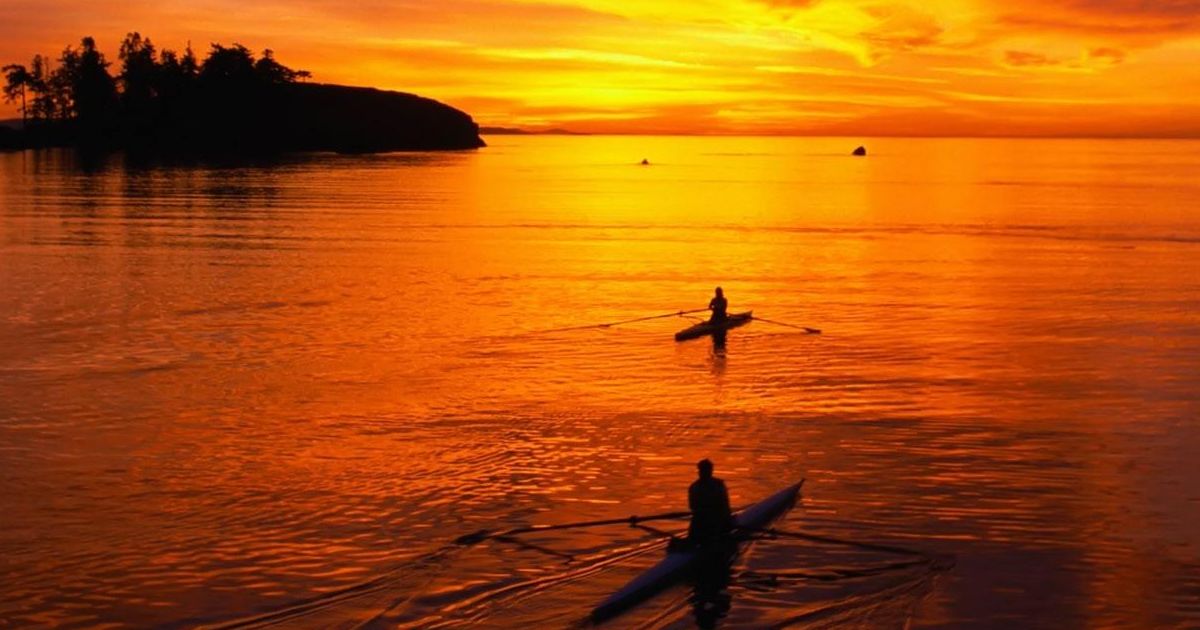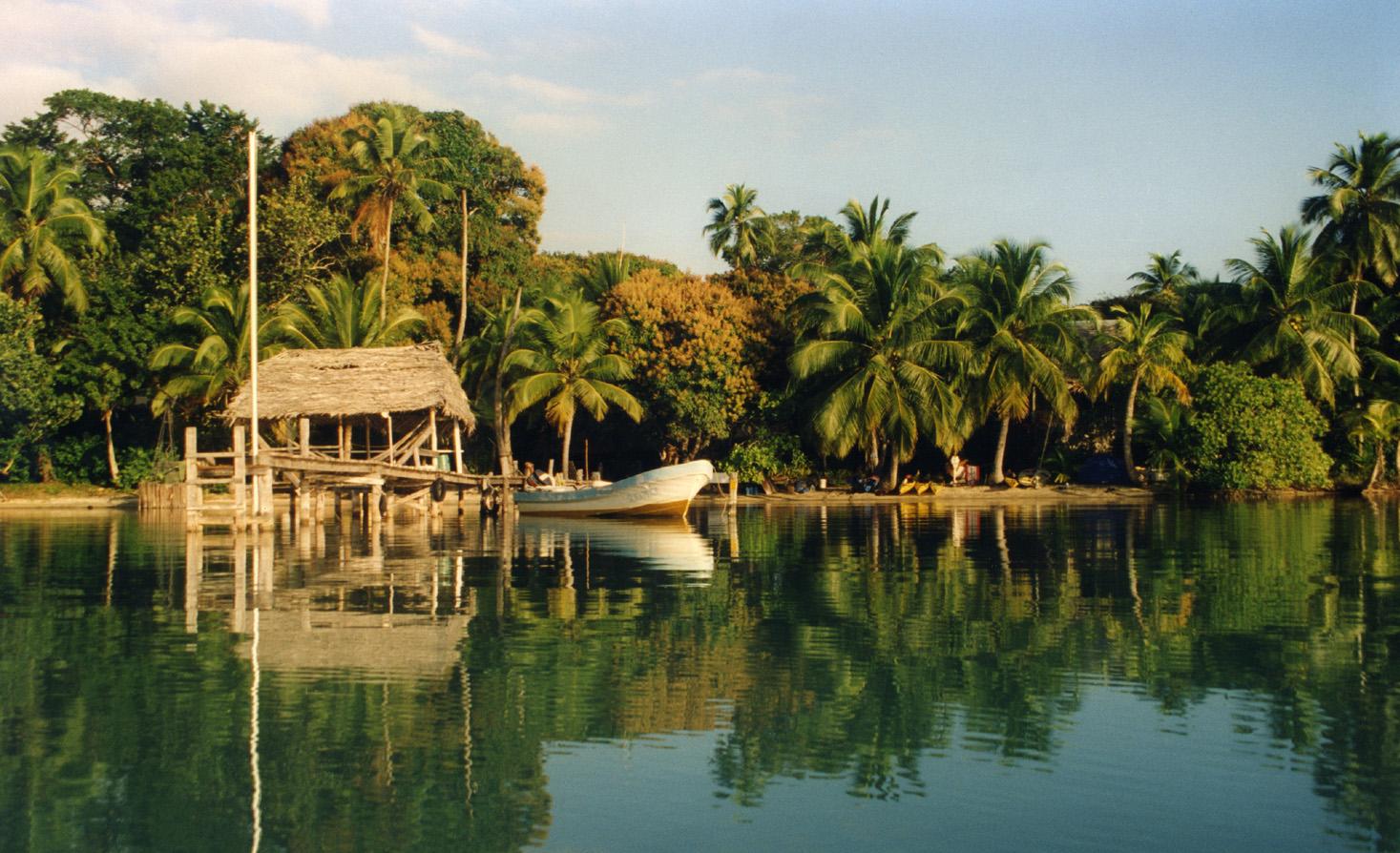Tips For Destination Photography
For photographers, building a portfolio is absolutely paramount in their progress as a professional. One way in which many photographers decide to improve their skills, portfolio, and cultural education is through destination shoots, whereas they travel to a preferred location with equipment and begin capturing content in their own unique way. Although this is becoming a common means of expanding one's professional know-how, there are still many of amateur enthusiasts looking to make their first trip count. following is a list of awesome tips to ensure that photographers are prepared for their journey ahead and ready to wow the world as a result.
Correct Season

When embarking on a significant trip for travel photography there are a lot of aspects to consider, one being the types of photos you are looking to take. Many destinations are temperate and ideal for photos, while others are heavily affected by seasonal climate, some of which are good for photography, and others, not so much. A good example would be in Tibet during the wet season during mid summer; a rainy time of year where there is a good chance of equipment getting damaged if not protected properly, however, this is the most vibrant time of year and offers a picturesque landscape that only comes for a short period annually and should be taken advantage of whilst around. Similarly would be Bolivia, Salar De Uyuni Salt-Flats near the end of the rainy season; after the water level begins to lower, the natural environment creates a mirror reflection on the surface that is incredible. Such events are inherent in specific seasons and thus, require perfect timing.
Choosing the correct season of the preferred destination is critically important in ensuring that the right image is captured, however, once at the right spot with ideal weather, the next slide touches upon the next important temporal aspect of photography.
Choose The Right Light

Lighting is an important aspect of photography and is often the difference between a good photo and a great one. One thing to be considerate of when traveling for photography is being in a different time zone. Changing time zones will offer new sunrise and sunset hours, meaning that adjusting a sleep schedule may be required to be ready for that picture perfect moment. Also, if one has a specific location or phenomena they are looking to snap, travelers should factor trip time into their plan to ensure they are set and ready to shoot when the light is just right.
Having good light is essential to maintaining a strong portfolio of images are perfectly embodied. Following is another crucial aspect of travel shoots that connects the whole trip into one well-planned event.
Do Research

When visiting a new destination with the intent of capturing that perfect moment or an unforgettable sight, it is imperative that one gets it right. In order to get it right, often, it is necessary to do research on what it is the photographer is looking to capture. Research includes many things, but a great example would be photographing a large event, such as a festival. Every year, Holi, a Hindu festival is held in commemoration of Krishna, a Hindu Deity. Knowing that the purpose of the festival is a celebration of love, often portrayed through large street gatherings and embodied in the dye’s thrown into the crowd, getting a perfect picture may include a street shot of the festivities, featuring red dye being through to symbolize the love of the religious tradition.
Research is undeniably important for any photographer looking to travel for their content, veteran or novice, and is responsible for success. However, there is one element of travel photography that is just as important, if not more and takes place once one has arrived at their destination.
Talk To Locals

Prior to a travel photography trip, many people have a good idea of what they are going to shoot and the way they would like to capture the moment. However, with that being said, such preconceived ideas are made from an outsider's perspective which can affect originality of shot and feel hollow in a sense as a result. Therefore, one great strategy for adding creativity and nonconformist perspective to a shoot is by talking to locals. Locals have often grown up in and deeply understand the value of specific people who have an effect on the community and places of true value that is often overlooked by typical tourists flushed with Western stereotypes and media. Perhaps there is an old church with historical significance or a local merchant who has an unheard story, regardless, the power is in the subject, not the camera.
Talking to locals is absolutely imperative to get the inside scoop that many photographers forget about whilst away on a destination shoot. Once aware of the local inside information and tips, the next slide suggests an effective and important practice to ensure endurance and comfort while traveling and shooting is taking place.
Minimalist Travel

It can be tempting for a photographer to bring all of their gear with them on a trip to another country when they are doing destination snapshots. However, sometimes there are a few problems that arise with this. First of all, bringing all that gear may end up costing more at the airport, depending on how much there is, as well as the possibility that all of that expensive equipment might be lost. Also, while traveling at the destination, it will be difficult to carry around anything more than a bag of gear for a shoot and will begin to be too heavy to tolerate after a full day of shooting. Not to mention, there is always the possibility that with all of that equipment together in bags or transportation that something might be stolen or damaged along the way. Therefore, a suggested practice is to select a camera, a variety of two or three high-quality lenses, enough memory cards, and power to keep the camera going all day; a sun lens is often suggested too, especially in areas with large light exposure, such as Arizona or Hawaii.
Traveling with a limited amount of equipment is not something that everyone wishes to partake in while away on travel, however, there are very few professionals, if any, that will disagree with this upcoming paramount tip.
Be Yourself

Travel photography is a big step for many amateur photographers looking to expand their portfolio and develop an identity outside of their home region. Often times, when at a new destination, it is easy to get lost in the new community with landmark architecture and more that is oft-shot for mainstream acceptance or other reasons. One thing to keep in mind when in a similar situation is that maintaining a personal style or brand is important, especially when sightseeing. For example, if shooting the Eiffel Tower, there are millions of photos out there of just the building, or lovers at the site, etc. which means that it is hard to take a truly unique image that captures your distinct flavor. Therefore, looking for a new twist on an old classic is a real way of maintaining individualism while still capturing that iconic site.
When a photographer is not themselves, the photos will undoubtedly portray a bland and common perspective to whatever the subject of the image is. However, when done with passion and identity, magical things will happen, especially if the photographer takes into consideration the last but mandatory consideration.
Choose The Right Lenses

While keeping in mind that it is important to travel right when partaking in destination photography, it is also imperative that one has enough equipment to allow quality pictures; especially lenses. What types of images a photographer is going for will greatly influence what lenses are brought, however, typically for travel shoots, styles such as landscape and portrait are common for capturing scenery, significant persons and more. Popular equipment often includes a reliable tripod, remote shutter release and a queue of three varying lenses. Trusty lenses to consider include the 50mm f/1.4, which is lightweight, made with glass, and focuses quickly, making it ideal for street photography but can be used for portrait if needed. Another great lens, specifically for a portrait is the Canon EF 85mm f/1.2L II USM, known as fairly affordable, just under five-hundred dollars, and great for a traveler looking to add personal character to their portfolio.








